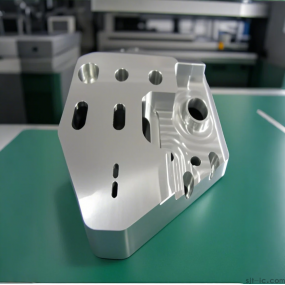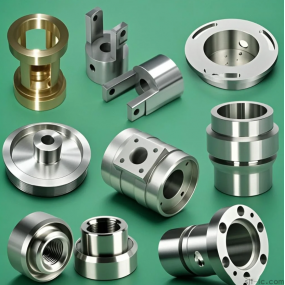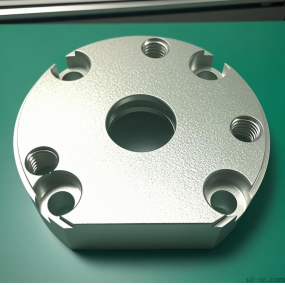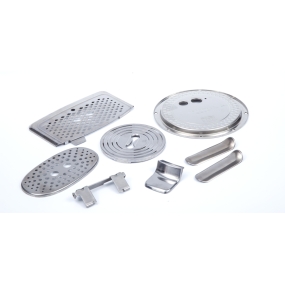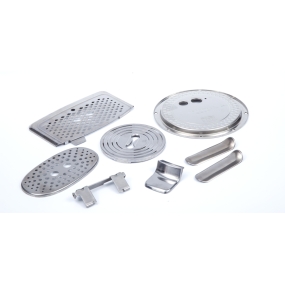Surface roughness is an important technical index that reflects the microscopic geometric shape error of the surface of parts, and is the main basis for testing the surface quality of parts; whether it is selected reasonably or not is directly related to the quality, service life and production cost of the product. There are three methods for selecting the surface roughness of mechanical parts in Shenzhen mechanical parts processing, namely calculation method, test method and analogy method. In the design work of mechanical parts, the most common application is analogy method, which is simple, rapid and effective. The application of analogy method requires sufficient reference materials, and the existing various mechanical design manuals provide more comprehensive information and literature. The most commonly used is the surface roughness corresponding to the tolerance grade. Under normal circumstances, the smaller the dimensional tolerance requirements of mechanical parts, the smaller the surface roughness value of mechanical parts, but there is no fixed functional relationship between them. For example, some machines, instruments, handwheels, and sanitary equipment, as well as some mechanical parts on the modified surface of food machinery, their surface requirements are very smooth, that is, the surface roughness requirements are very high, but the dimensional tolerance requirements are very low. In general, parts with dimensional tolerance requirements still have a certain correspondence between the tolerance level and the surface roughness value.
Hello! Welcome to EMAR's website!
 English
English » »
» »
 Spanish
Spanish Arabic
Arabic French
French Portuguese
Portuguese Belarusian
Belarusian Japanese
Japanese Russian
Russian Malay
Malay Icelandic
Icelandic Bulgarian
Bulgarian Azerbaijani
Azerbaijani Estonian
Estonian Irish
Irish Polish
Polish Persian
Persian Boolean
Boolean Danish
Danish German
German Filipino
Filipino Finnish
Finnish Korean
Korean Dutch
Dutch Galician
Galician Catalan
Catalan Czech
Czech Croatian
Croatian Latin
Latin Latvian
Latvian Romanian
Romanian Maltese
Maltese Macedonian
Macedonian Norwegian
Norwegian Swedish
Swedish Serbian
Serbian Slovak
Slovak Slovenian
Slovenian Swahili
Swahili Thai
Thai Turkish
Turkish Welsh
Welsh Urdu
Urdu Ukrainian
Ukrainian Greek
Greek Hungarian
Hungarian Italian
Italian Yiddish
Yiddish Indonesian
Indonesian Vietnamese
Vietnamese Haitian Creole
Haitian Creole Spanish Basque
Spanish Basque


